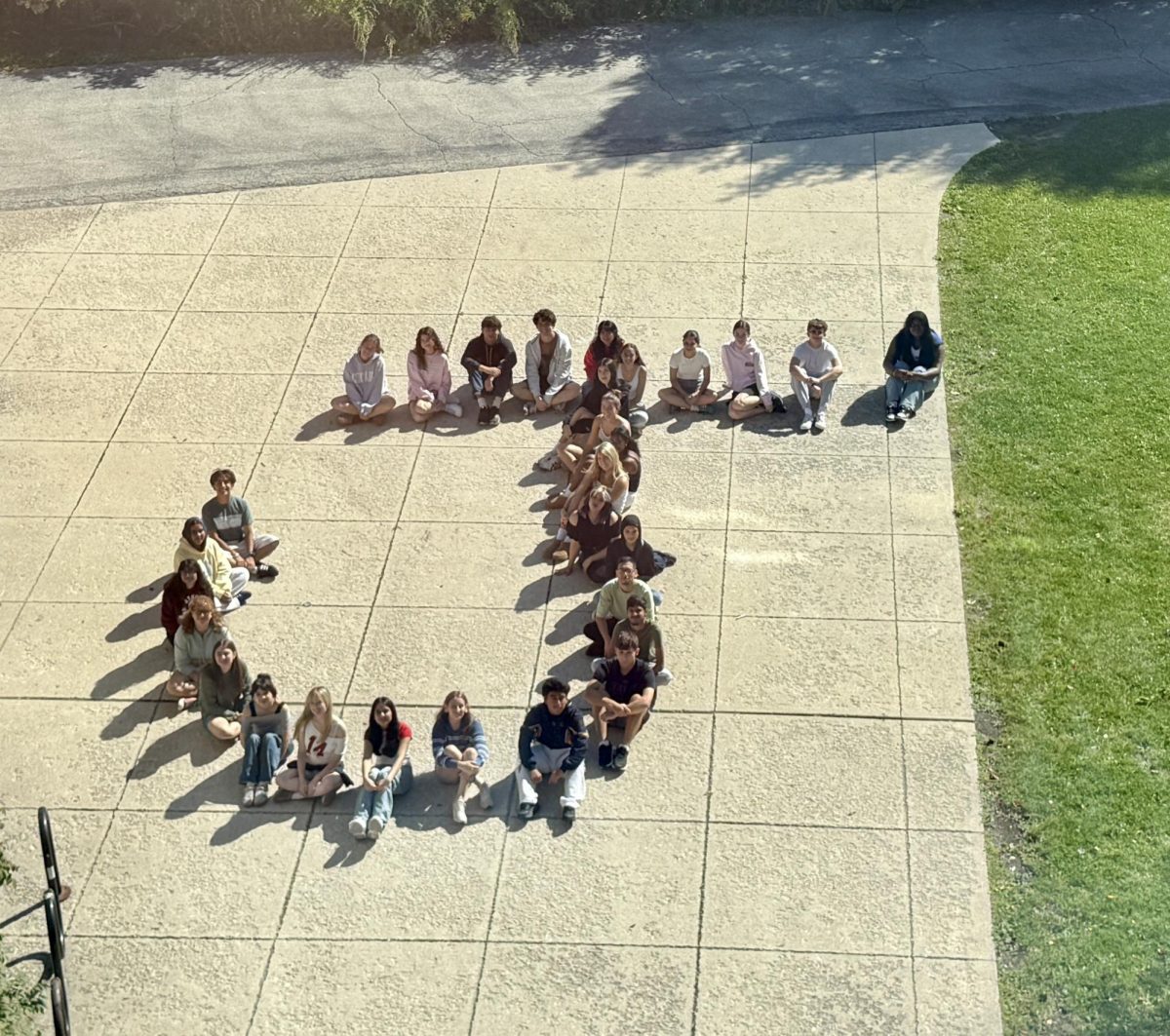Think back to your childhood- do you remember those songs that felt like the soundtrack of your youth? The ones that filled car rides, echoed through the house, played nonstop on the radio, and brought together friends and family. Even today, just a split second of a familiar melody could take you back, yet they’re not only melodies; but our memories.
“Written on these walls are the colors that I can’t change” is a line from One Direction’s Story of My Life that symbolizes how past experiences shape one’s identity. By “walls” they refer to their personal memories, while “colors” refer to circumstances that led them to become the person they are today; in the music video, each member revisits their past through old photographs that capture how growing up is inevitable and the emotional shifts that come with it. This visual storytelling evokes a deep sense of nostalgia, highlighting how certain memories, no matter how much we grow or change, remain an inseparable part of us. The song’s reflection on the past displays a feeling of acceptance, embracing the idea that who we were is forever woven into who we are.
Here at Northside, we interviewed both students and staff, asking them to revisit the songs that remind them of their childhood. Their replies weren’t just a list of good tunes, but memories that are tender, vivid, and deeply personal. Although they didn’t know it at the time, these songs shaped countless moments, feelings, and the person they are today.

Fernando Robles (Sophomore) had a song that deeply resonates with countless childhoods: Let It Go from the Frozen movie. Robles recalled that his cousin suggested he listen to the song for the first time when he was around eight years old. Even as a kid, he grasped the song’s message, but as he got older, Robles began to connect with it on a deeper, more personal level.
While the song tells the story of Elsa, one of Frozen’s main characters, learning to accept herself and break free from the pressures holding her back; for Robles, the phrase ‘let it go’ has become more than just a lyric, it serves as a personal mantra, reminding him to let go of stress, to let go of burdens, and encourage him to find strength in moving forward during difficult situations.

Mr. Myron Boyd grew up spending lots of time in church surrounded by his family and friends. At both home and church, Mr. Boyd recalled one song that stood out to him in particular was Whose Report Shall You Believe by Ron Kenoly, a touching song about declaring faith over fear.
His earliest memory of this song was when he was just ten years old and his mother beautifully sang it to him. It wasn’t until Mr. Boyd was sixteen though, when he’d come to a revelation while listening to the song: he didn’t want to just understand the song’s message; he wanted to make it his reality and allow it to guide his future. Even now, this song holds a very special place in his heart and he adds more personal meaning to it when he’s able to sing it with friends and family.

Harmony Backus (Sophomore) looks back on her childhood fondly, reminiscing on how her parents were avid Kanye West fans; her family’s car rides weren’t truly car rides without The College Dropout album playing on repeat.
All Falls Down stood out from the rest of the album, not just for its chart topping success, but for its powerful message: no matter how much one chases validation from others, it’ll all fall down if it’s built from insecurities and societal pressure. Yet for the song’s significance in Backus’ youth, she remembers being just five years old singing All Falls Down with her parents in the car, staring out the rolled down windows, admiring the view of the outside world.

For the final interviewee, Mr. Jason Curry remembers cleaning days on Saturday morning when his grandmother would play Al Green’s Love and Happiness. As a child, Mr. Curry was surrounded by the sounds of Motown and country music. Mr. Curry believes the song is often misinterpreted as a romantic tune; to him, it’s a song about joy and resilience, and the ability to find it even throughout uncertain times.
He turns on the song either when he feels homesick, having grown up in Long Beach, California, and Joliet, Illinois, or when he needs a reminder to persist regardless of the circumstances. In a world that can feel overwhelming, filled with constant bad news, the song reminds him that despite it all, happiness still exists and can always be found.
These songs are way more than just childhood jams, they serve the purpose of time machines, emotional reminders, and influences on who we are today. Through the memories shared by Northside’s community, it’s apparent that music has a way of preserving the past while simultaneously shaping the future. These tracks stay not only on our playlists, but also in the memories they sparked; they serve as a reminder of our past and the pleasure of reminiscing as we grow older.







